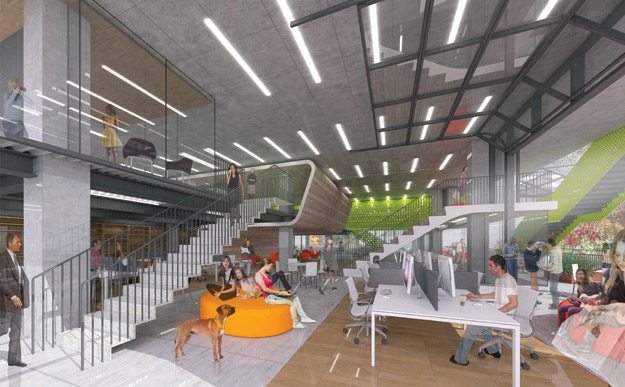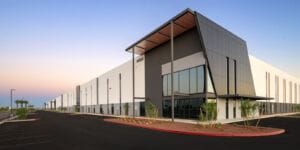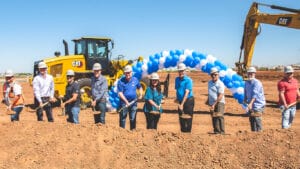Over the past 100 years, how people work has changed dramatically, and these changes have impacted workplace design. Today’s workplace is characterized by the drive toward innovation.
At Gensler, the largest architectural firm in the world, the architects care about people and their work environments. The central theme of their work is enhancing the human experience and helping people optimize their performance at work.

Gensler’s 2016 Workplace Survey focused on understanding the relationship between workplace design and innovation. The goal was to answers to how the workplace can be a catalyst for innovation in today’s organization.
This year’s survey builds upon more than 10 years of work going back to the launch of Gensler’s first Workplace Survey in 2005. This year, Gensler surveyed over 4,000 people across the United States representing 11 different industries that employ 77 million knowledge workers.
The data was analyzed using a proprietary Workplace Performance Index, which looks at how work is done and the performance of the workplace as a whole. The data compared with an innovation index identifies important factors driving organizational innovation.
The innovation index results were plotted with Gensler’s workplace performance results, which found a tremendous correlation between workplace performance and innovation. In other words, it was able to show a direct link between key aspects of workplace design and higher levels of creativity and innovation.
Given what we know about the growing importance of innovation in today’s economy, this discovery has significant and profound implications for workplaces, communities, cities and countries. It proves that design not only influences the innovative process, but also that, done correctly, design has the power to drive new innovation forward in a direct and measurable way.
To dive deeper into this data and help people understand what is unique about innovative workplaces, the firm looked for differentiating factors that separated our top quartile of innovative survey respondents to our bottom quartile.
Several observations immediately stand out about innovative workplaces.

Higher performing, more innovative workplaces are 10 percent more collaborative than less innovative workplaces and there is twice the amount of learning going on in innovative workplaces. People socialize 13 percent more often in innovative workplaces. The actual time spent on focus work is 14 percent less in an innovative workplace than in a non-innovative workplace.
People in innovative workplaces work from conference rooms more than they work from open areas, and more individuals rely on amenities near their office space more often. Interestingly, innovators also work away from the office 26 percent of the time.
For comparison, we also looked at what is going on in non-innovative workspaces. Most strikingly, people in these places have two times less choice and empowerment to work away from their desk. In other words, these people are feeling “chained to their desk.” Innovators have twice the amount of access to amenities as their non-innovative peers, and respondents in the bottom quartile of our innovation index were two and one-half times more likely to use their individual space to socialize and collaborate than our most innovative respondents.
Unfortunately, a full two thirds of U.S. workplaces have not kept pace with the needs of an innovative workforce. To address this gap in the modern workplace, it’s important to recognize and avoid the common misconceptions and myths surrounding how people work and what they need in today’s workplace.
Four Myths on Innovation in the Workplace
Myth #1. If given the choice everyone would work away from the office. In reality, people would rather spend 71 percent of their time in the office.
Myth #2. Office buildings are going away. The reality is that office buildings are changing dramatically but they’re not going away. Existing buildings need to seek out creative design solutions to support the kind of workspaces that drive innovation.
Myth #3. Innovation is only about technology and Millennials. The reality is that innovators are located in every industry and hail from every generation.
Myth #4. Collaboration is the primary goal of the Innovation Workplace. The reality is that all four work modes are essential: focus, collaboration, learning and socializing.
Myth #5. Amenities are a distraction. The reality is, the most innovative employees have around two times more access to amenities. When asked to rate which amenities employees rely on most, access to food and beverage top the list with “restaurant / bar / pub” coming in first, “café” coming in second, “specialty coffee” in third, and “grocery” in fourth.
Our research indicates that there are 48 million U.S. workers that are working in a workplace that is not set up to help them innovate, representing billions of dollars in lost revenue and profit for countless organizations across the country.
More importantly, it underscores the abundant untapped human potential in most organizations. Gensler’s 2016 Workplace Survey demonstrates how workplace strategies that drive innovation can unleash the creative potential of every individual through the power of design.




